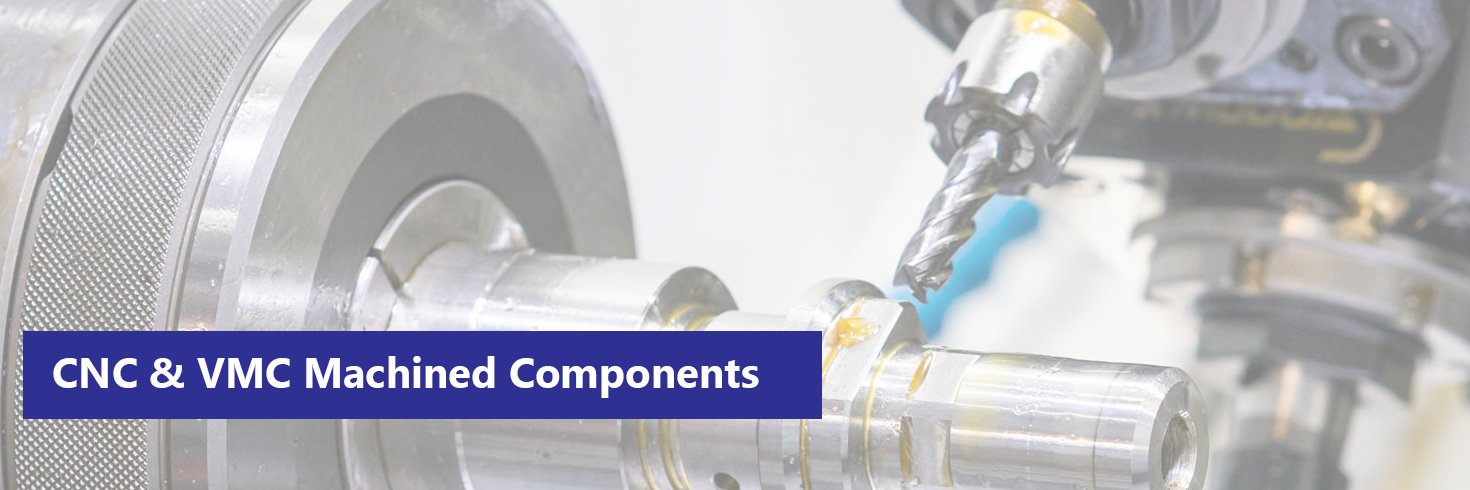CNC (Computer Numerical Control) and VMC (Vertical Machining Center) machined components play a crucial role in modern manufacturing. These advanced machining techniques offer high precision, efficiency, and versatility, making them essential in various industries, from automotive to aerospace. In this comprehensive guide, we'll delve into the fundamentals, applications, design considerations, and future trends of CNC & VMC Machined Components.
While all VMCs are CNC machines, not all CNC machines are VMCs. The primary difference lies in the orientation of the spindle. CNC encompasses a broader range of machining tools and techniques, whereas VMC specifically refers to machines with a vertical spindle orientation.
CNC and VMC Machined Components are integral to modern manufacturing due to their precision, consistency, and ability to produce complex geometries. They are used in creating parts for automotive, aerospace, medical devices, electronics, and many other industries, ensuring high-quality and reliable products.


In conclusion, CNC and VMC Machined Components are indispensable in modern manufacturing, providing unparalleled precision, efficiency, and versatility. Understanding the fundamentals of these machining processes, from their historical evolution to their core components and working principles, is essential for anyone involved in manufacturing. The ability to select appropriate materials, design for manufacturability, and maintain rigorous quality control ensures the production of high-quality, reliable components.